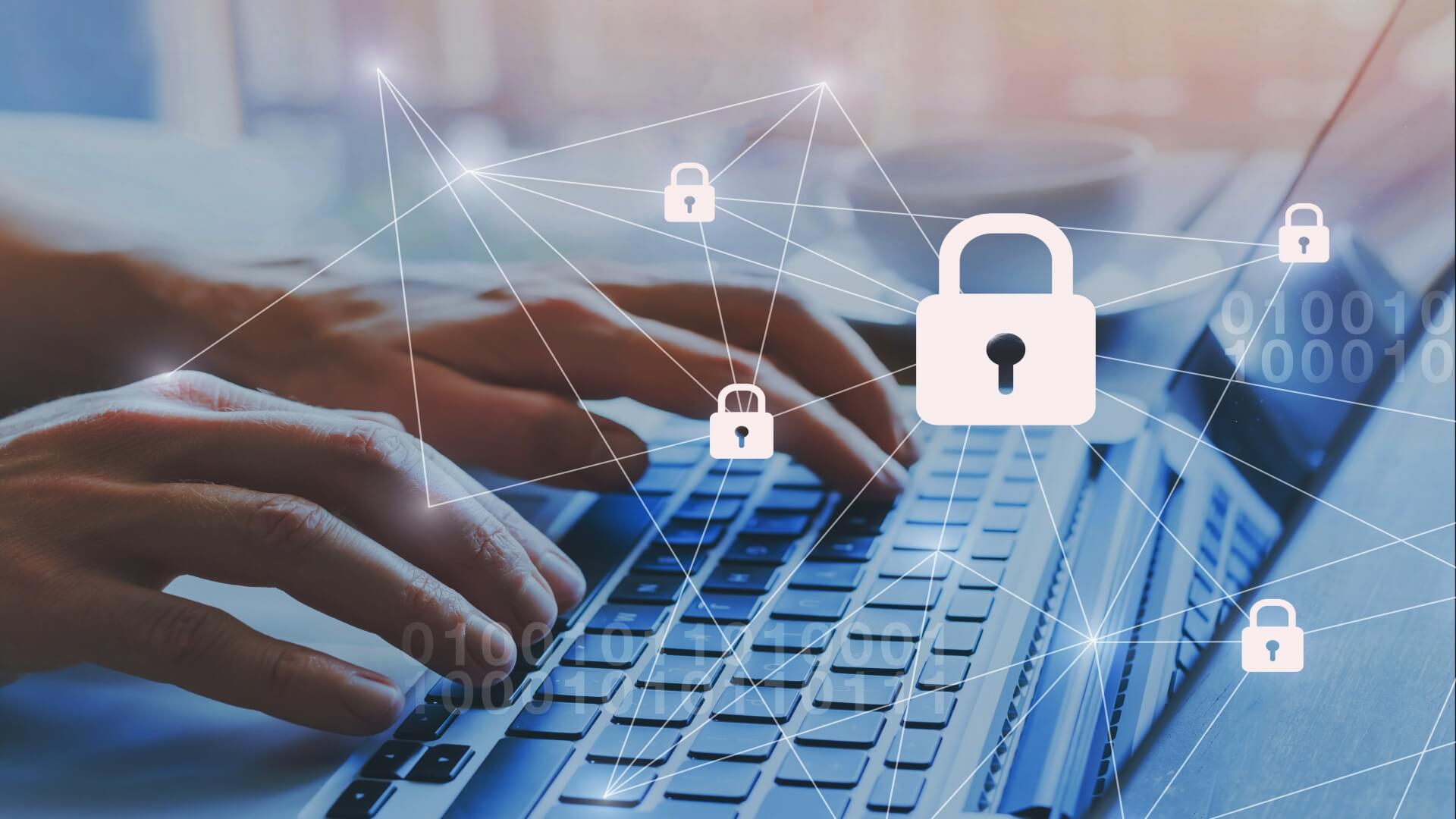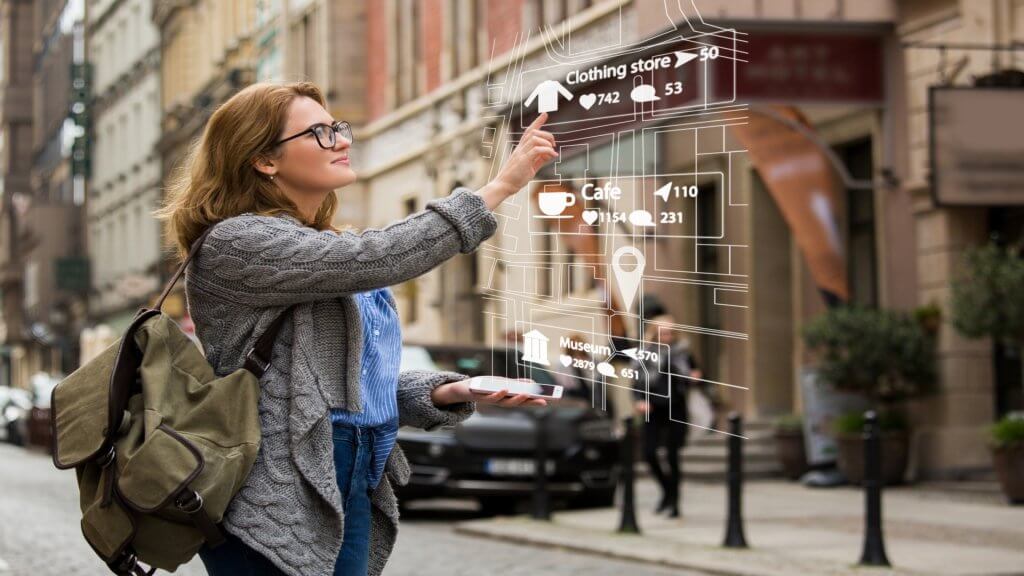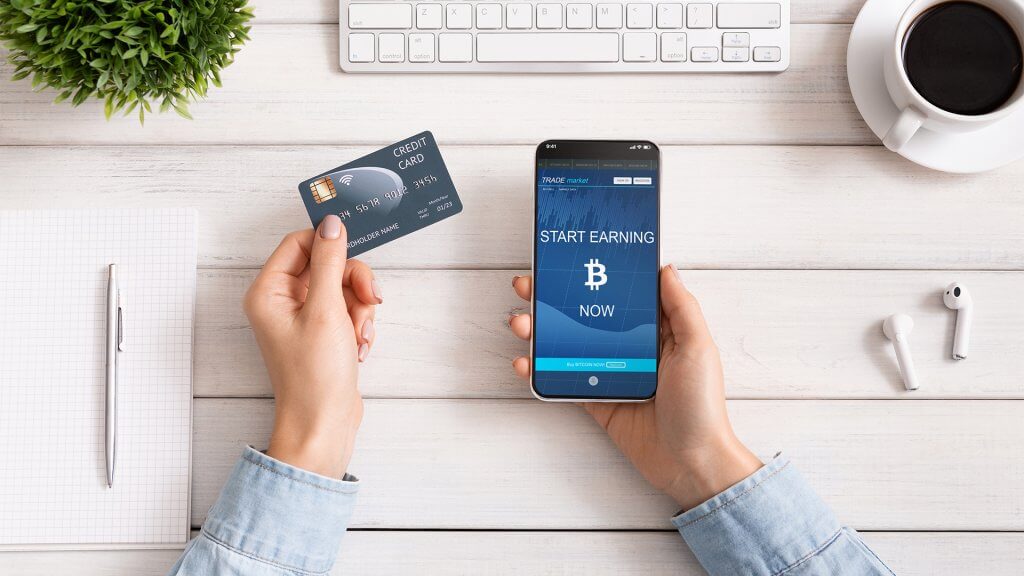
According to Statistica, 47.3% of companies are embracing automation from a security perspective. If you’re looking to automate your business’ security successfully, you need an awareness of the tools and technologies most beneficial for security automation.
So, what are the best tips, tools, and technologies for successful business security automation? Here is our guide to modern security solutions that facilitate automation, hygiene, and energy efficiency.
Integrating Your Organization’s Cyber And Physical Security
Cloud-based technologies have played a prominent role in security since the pandemic’s beginning. They facilitate the remote management of security tools such as door locks and allow remote or hybrid teams to view security data and onboard new employees from anywhere using a cloud-based control center.
With the increasing adoption of cloud-based security technologies, businesses need to reconfigure their approach to cyber and physical security. Both physical and cyber security are intrinsically linked with cloud-based technologies. Physical security tools protect digital resources, assets, and servers stored within an office facility. Cloud-based physical security tools also need protection from a cyber standpoint. You must ensure that the cloud-based resources your system administrators can access from anywhere are not accessible to third parties.
To ensure cyber and physical security are operating efficiently and reduce vulnerabilities, you must consider integrating cyber and physical security within your organization.
Critical steps to take when integrating digital and physical security
Merging teams – your IT and physical security teams should not operate disparately. You should merge both groups so that each team is aware of the security events and responsibilities that fall under their jurisdiction (with cloud-based technologies, distinguishing between physical and digital security events becomes increasingly challenging). With both teams merged, you can ensure each team is aware of their responsibilities and encourage a collaborative approach to security.
Using cybersecurity to protect cloud-based physical security resources – your IT and cybersecurity teams should integrate cybersecurity software with physical security tools to ensure that security data and remote operation features are only accessible to authorized users.
Using physical security to protect digital resources – you can install smart door locks and cloud-based access control to ensure your digital resources are secure from a physical security standpoint.
Adopting Touchless And Hygienic Technology
Security doesn’t just include restricting access to your building. Security in the post-pandemic world requires businesses to protect their employees from a health and safety perspective. Companies can automate health and safety practices by adopting touchless and hygiene-based technologies that reduce the spread of germs.
A cloud-based and mobile-first access door system operates using mobile credentials stored on the user’s mobile device for contactless entry. Users can do so without touching a button or pin pad when they need to enter the building. Instead, they can trigger remote communication with their mobile device by waving their hand over the access control reader.
The reader will use several modes of remote communication to ensure entry on the first attempt. The user will not be subject to the spread of germs by contacting touchpoints to enter the building, and you can avoid congestion at your building’s entrance which could exacerbate the spread of germs from person to person.
Integrating Technologies
Many integrations for cloud-based security make daily operations smoother and reduce the manual input of security processes. Here are just a few examples of integrations for security automation:
Visitor management software – you can improve the accuracy of the visitor management process and automate visitor management by implementing visitor management software. The software integrates with your cloud-based access control system, providing digital forms for visitors to register before entering the building. When the visitor registers, this will grant them temporary access credentials on their mobile device, allowing them to enter the building. When the visitor leaves through the access door, the system will automatically revoke these credentials to prevent re-entry and sign them out.
Wellness verification software – you can ensure strict health and safety policies without manual input using wellness verification software. Like visitor management software, wellness verification software implements surveys at your building’s entrance. Employees and visitors must complete a survey based on their symptoms to enter the building. If they are symptomatic, the system will block them from entry.
Automating Building Management Triggers Based On Access Control Events
You can automate building management processes based on access control events by integrating IoT technologies with access control. With this integration, you can increase the energy efficiency of your building without manual effort. When a user enters a room using their access credentials, this will trigger the IoT-connected devices in that room to turn on. Similarly, when they leave, the access control event will start the IoT devices in the room to switch off, conserving energy. Using this security technology innovation, you can reduce your monthly energy overheads and lower your carbon footprint – without manual intervention.
Summary
Cloud-based and modern security solutions are making automation more accessible for businesses, leading to increased efficiency, lowered carbon emissions, and more health and safety for the user.




















